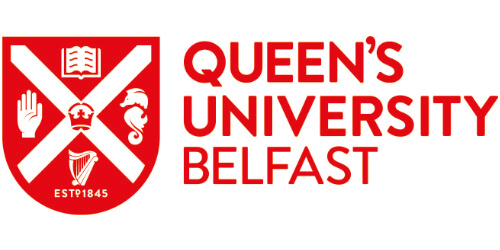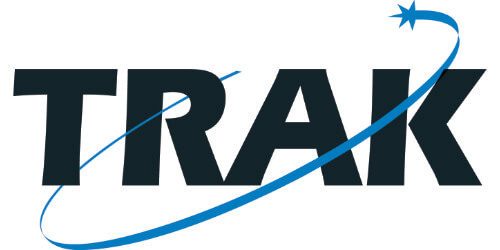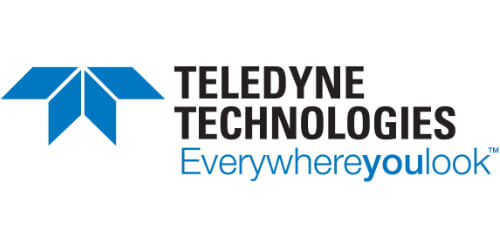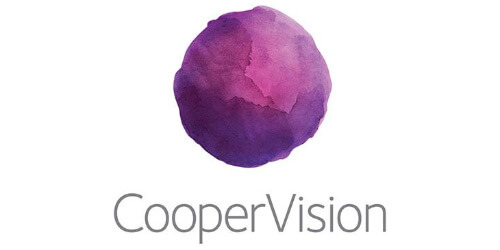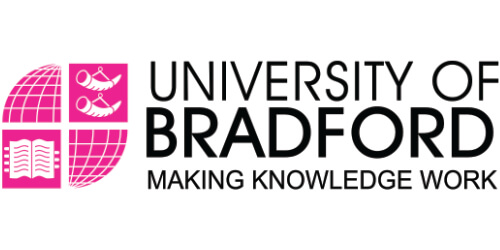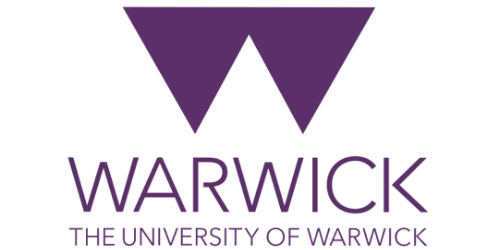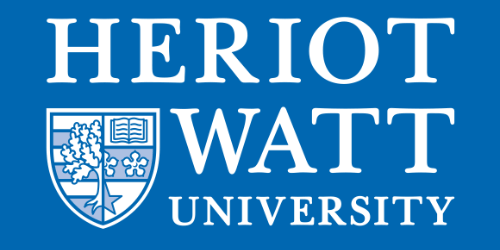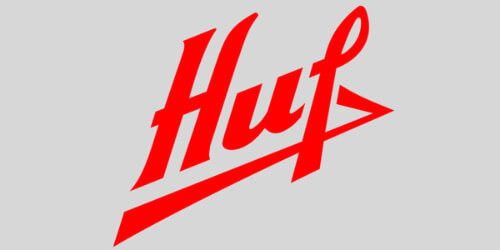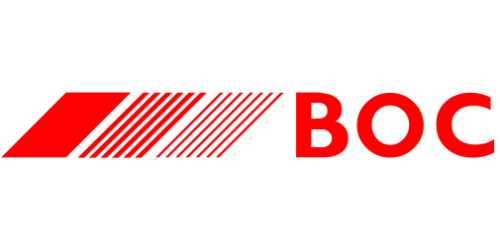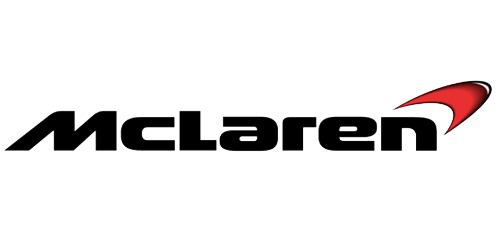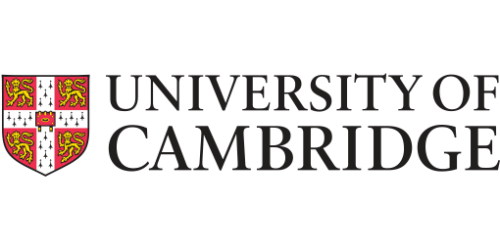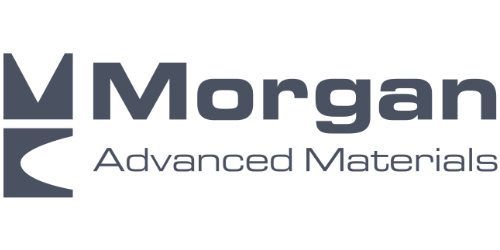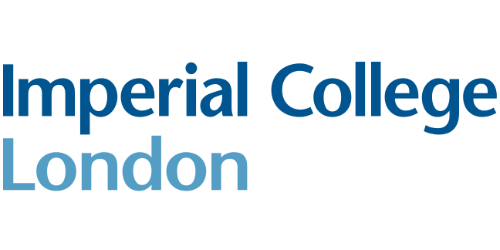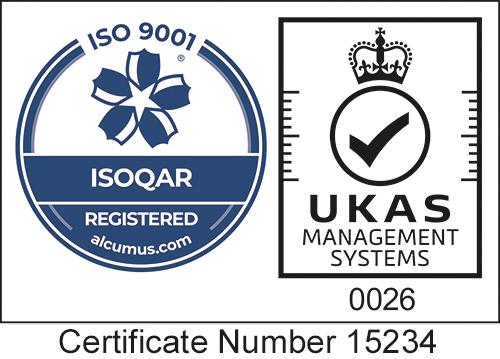Newly published article using the Henniker HPT-100 plasma system to assist with precise patterning of solar cells.
Researchers at the King Abdullah University of Science and Technology (KAUST) in Saudi Arabia have recently used a Henniker HPT-100 to aid in their efforts to fabricate indium tin oxide (ITO)-free ultra-lightweight organic solar cells through inkjet-printing whilst preserving high efficiencies.
Figure 1 . Printed ZnO electron transport layer on PEDOTA before and after plasma treatment
The HPT-100 was used to increase the hydrophilicity of the substrates to ensure complete wetting of the ZnO ink used on the surface of the electrode layer, which is displayed clearly in the image above.
“Combined with plasma and solvent post-treatments, this approach prevents shunts and ensures precise patterning of solar cells.”
Read the full abstract below
Fully Inkjet‐Printed, Ultrathin and Conformable Organic Photovoltaics as Power Source Based on Cross‐Linked PEDOT:PSS Electrodes
Abstract
Ultra‐lightweight solar cells have attracted enormous attention due to their ultra‐conformability, flexibility, and compatibility with applications including electronic skin or miniaturized electronics for biological applications. With the latest advancements in printing technologies, printing ultrathin electronics is becoming now a reality. This work offers an easy path to fabricate indium tin oxide (ITO)‐free ultra‐lightweight organic solar cells through inkjet‐printing while preserving high efficiencies. A method consisting of the modification of a poly(3,4‐ethylene dioxythiophene) polystyrene sulfonate (PEDOT: PSS) ink with a methoxy silane‐based cross‐linker (3‐glycidyloxypropyl)trimethoxysilane (GOPS)) is presented to chemically modify the structure of the electrode layer. Combined with plasma and solvent post‐treatments, this approach prevents shunts and ensures precise patterning of solar cells. By using poly(3‐hexylthiophene) along rhodanine‐benzothiadiazole‐coupled indacenodithiophene (P3HT:O‐IDTBR), the power conversion efficiency (PCE) of the fully printed solar cells is boosted up to 4.73% and fill factors approaching 65%. All inkjet‐printed ultrathin solar cells on a 1.7 µm thick biocompatible parylene substrate are fabricated with PCE reaching up to 3.6% and high power‐per‐weight values of 6.3 W g−1. After encapsulation, the cells retain their performance after being exposed for 6 h to aqueous environments such as water, seawater, or phosphate-buffered saline, paving the way for their integration in more complex circuits for biological systems.
To read the full paper click here
Or view our dedicated Plasma Cleaning page and our HPT-100 Model page for more details.




